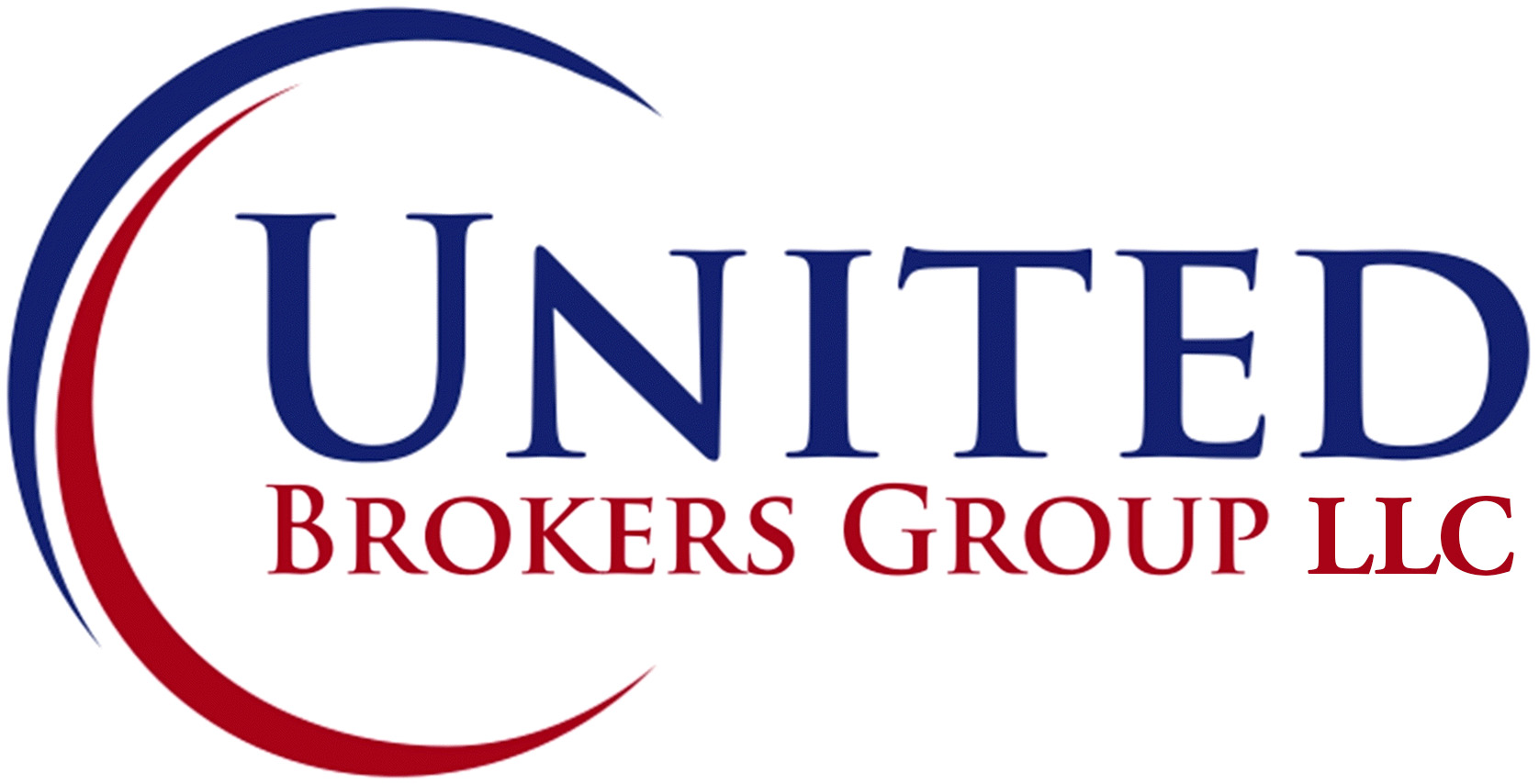Underwater, In Demand: Trends in Mid-Market Marine Acquisitions
Article reprinted with permission from Axial Forum, New York, NY
Three years ago our Rhode Island-based company managed the sale of a $4 million annual revenue premium retail seafood company in Manhattan. While working with buyers in that transaction, we realized that marine businesses were largely overlooked by the middle market investment community in the Northeast, unlike much of the Southeast which benefits from maritime-specific brokerage firms.
Since that time our experience with our marine business brokerage strategy in marketing oyster farms, yachting related supplies and accessories, premium seafood retailers, and branded seafood wholesalers has revealed a steady pattern of middle market investments along the shoreline on both coasts.
No Downturn in Marine Investment Activity
As we move late into the economic and business cycle we are observing declines in demand in several major industry segments, but not so with marine businesses listed for sale — nor do we detect any slowdown by marine-related buying groups.
The growing worldwide demand for seafood is driving the demand for major marine protein (seafood) investments along our nation’s coastline. “Marine protein” includes the major seafood processors who process the seafood, brand the products, and then sell to distributors.
The quickly growing oyster farming industry provides an especially interesting example of the increasing middle market investment in marine protein business models. There are five species of oysters with hundreds of varieties. Oyster production has doubled in the in the past five years and this growth has attracted over a thousand small oyster farmers on the East Coast alone operating in compliance with relevant state regulations for this industry.
The National Oceanic and Atmospheric Administration reports that “…the $1 billion value of total U.S. freshwater and marine aquaculture production pales in comparison to global aquaculture production of $100 billion. Although U.S. marine aquaculture is small, it is growing at 8 percent per year and is poised for additional growth as oyster farming in particular continues to expand.” Much of this aquaculture output is from small farms which are candidates for consolidation and branding.
Foreign Investors and Investment Bankers Seeking Quality of Life Acquisitions
In the marine sector, we have observed the usual middle market strategic buyers and high nets that are active acquirers in every major business segment in which we operate. But we’ve also repeatedly encountered foreign (mainly European and Asian) investors in marine protein, as well as investment bankers seeking interesting quality of life acquisitions with potentially above average returns for private investments.
NOAA reports that over ninety percent of the seafood in the United States is imported. It’s logical that marine related entities are attractive investment targets for European and Asian investors. Norwegian and Chinese investors (often based in Manhattan) are among the most active.
Many of the lower middle market businesses in marine-related segments have annual revenues of $3 million or higher, with often erratic branding and expansion strategies handicapped by lack of capital. Regionally branded top performers exist in retail seafood, but they rarely make the expansion to the next major geographic market — unlike seafood restaurant chains. Investment bankers perceive the opportunity to resolve branding and consolidation problems and achieve above average returns.
In spite of the American Fisheries Act, which requires that foreign firms own no more than 25% of equity in US fishing vessels, foreign investment continues at a very high level in this segment.
Bolt-On Boating Acquisitions
A non-food marine industry undergoing change is premium boating. The high profile yachting industry is experiencing boat brand consolidation, but the supply chain is often still controlled by high quality tradesmen who provide a few products or services to the yacht manufacturer. Opportunities for bolt-on acquisitions, vertical integration, and roll-up strategies exist in this environment. There are also major e-commerce opportunities (new and existing) to market yachting- and boating-related replacement products to a major installed base of boat owners across the world.
Marine Middle Market Business Investments Driving Coastal Job Creation
State and local economies are clearly benefiting by investments in marine-related business models. According to the Aquaculture Division of the State of Connecticut, oysters generate $15 million plus in farm-gate sales annually. The industry directly provides over 300 jobs, and the annual shellfish harvest exceeds 450,000 bushels. More than 70,000 acres of shellfish farms are now under cultivation in Connecticut’s coastal waters alone.
According to Connecticut state officials, “The outlook for continued industry growth and export opportunities is very promising.” Other Northeast states and trade organizations are publishing similar statistics and statements, all of which underscore the growing opportunity for middle market investments in acquisitions, consolidation, scale, lending, and branding in the often fragmented segments of marine-related industries.
